Radical Simplicity and Sufficiency are no longer fringe
Michael Eliason comes to Toronto with his point access blocks, but there was much more at the Embodied GHG symposium.
I find it hilarious that the Embodied Greenhouse Gas Symposium takes place with the biggest chunk of embodied carbon in the City of Toronto, the Robarts Library, in the background. Bookending the Robarts in the photo are my friend and keynote speaker Michael Eliason and Professor Shoshanna Saxe of the Centre for the Sustainable Built Environment.
Eliason’s talk was primarily about his work promoting single-stair building designs or point-access blocks, common in Europe but not in North America, where we have deeper, longer buildings with corridors connecting two exits. Mike described his epiphany In the Architects Newspaper a few years ago:
“The more I researched, the more I realized this one issue was like the Higgs boson of housing. It connects everything. Point Access Blocks unlock small- and medium-sized lots without the need for parcel assemblage and associated cost and time increases. They enable better redevelopment of areas previously zoned single family, allowing for larger and better homes than the typical 1-bedrooms and studios found in double loaded corridors due to existing site constraints and setbacks. Ironically, it is the limitation on the number of units that induces these larger, family-sized units.”
As Mike explained in an article I asked him to write for Treehugger, my former employer, single-stair designs are more efficient, enable better unit designs with cross-ventilation, light on multiple sides, and the ability to locate bedrooms on the quiet side away from the Main Street.
A feature I hadn’t previously considered is how these smaller, single-stair buildings increase block-level diversity; you can have different kinds of buildings under different forms of tenure, whereas in North America, building types are much more homogenous. Coincidentally, yesterday Vox published A fight about stairs could reshape American cities quoting Mike extensively, and asking him the question, why there is such resistance to single-stair design in North America:
“Resistance to change is endemic to not just the fire industry but construction as a whole,” he said. “I think in the fire departments’ view, single-stair is such a radical departure from the way they’ve historically done things that they just don’t really understand the tradeoffs and benefits. There’s also this aspect of thinking that what we do in the US is superior to everywhere else.”
The Vox article mentions “a group of like-minded thinkers” trying to promote single-stair design without mentioning the Canadian pioneer on the subject, Conrad Speckert, whose website, the Second Egress, explains the issue and includes my favourite page, The Manual of Illegal Floor Plans. Conrad and Mike coincidentally both arrived wearing the same T-shirt, and Conrad had a spare one for me- it’s not a movement without a T-shirt.
The adoption of Point Access Blocks and single-stair designs would help Canada solve its housing crisis, because you can build small buildings on more sites more cost-effectively. This is why Mike Eliason is speaking at an embodied carbon conference; these buildings use less stuff, less floor area, less plumbing, and since they are generally restricted in height, less concrete since they can often be built with mass timber.
As Professor Saxe pointed out, we need to build 5.8 million housing units in Canada by 2030 to meet demand and improve affordability. But we have to build them in a way that doesn’t drown us in upfront carbon emissions. The biggest chunk or the carbon reductions come from changing the form, what Mike and I have both called “radical simplicity” including single stair designs. This is followed by improved materials, better design, using existing infrastructure and repurposing existing buildings.
One reason I love this conference is that it pushes so many of my buttons. We’ve got Radical Simplicity, a concept I learned from engineer Nick Grant at a Passivhaus conference in 2018. Professor Saxe is also working on my favourite subject, Sufficiency; she and her student Tamar Meshulam did this marvelous poster looking at “public wealth and private sufficiency” where they try to figure out whether “negative perception of downsizing can be mitigated by high-quality social infrastructure- sports facilities, green areas, lively cafes, and walkable neighbourhoods.”
These are all “third spaces” as defined by sociologist Ray Oldenburg back in the 1980s. We have internalized so many of these functions; as I wrote earlier, “The problem with incorporating all of these traditional third-space functions into our homes is the increasing bloat and cost, all for functions that are only used for a short time.” I have written for years about how in Paris, Rome, or New York, people often live in far smaller spaces; the park is their back yard, the theatre, their media room. You simply do not need so much space when you are surrounded by amenity. I am looking forward to the results of this study.
More: Why we must save our "third spaces"
I have also recently been obsessing about straw construction, and was pleased to see Builders for Climate Action were there, noting that we could build our low carbon future with straw and other agricultural residues. And it’s not just for houses; Ecococon is building a 12-storey straw prefab residential tower in Malmö now. Chris Magwood was a founder of Builders for Climate Action, and was truly the Canadian pioneer in the concept of upfront or embodied carbon, starting with his “Carbon elephant in the room.”
More: For green building, there is nothing more local than straw
There are so many reasons that I love this conference. After years of writing books and articles about embodied or upfront carbon, it now is mainstream enough to have conferences and award programs. My solution to the problem of upfront carbon has always been sufficiency, or just using less stuff, or using different materials, like wood and straw. I was amused to find that Professor Saxe also studies plumbing and sewers, another obsession of mine. Perhaps I just peaked a bit early and was not academic enough, but I am so thrilled to see all of these subjects going mainstream, all at one conference in Toronto.
I loved it last year too: Why a symposium on embodied carbon gives me hope
Special offer!
I do not want to put up a paywall on this site, but it provides a meaningful portion of my income. So here’s a limited time offer: I will send a signed copy of the print edition of “Living the 1.5 Lifestyle” to anyone in the USA or Canada who signs up for a one-year subscription (C$50, cheap at about US$34.95 )
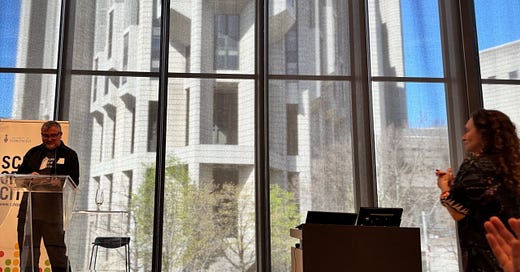



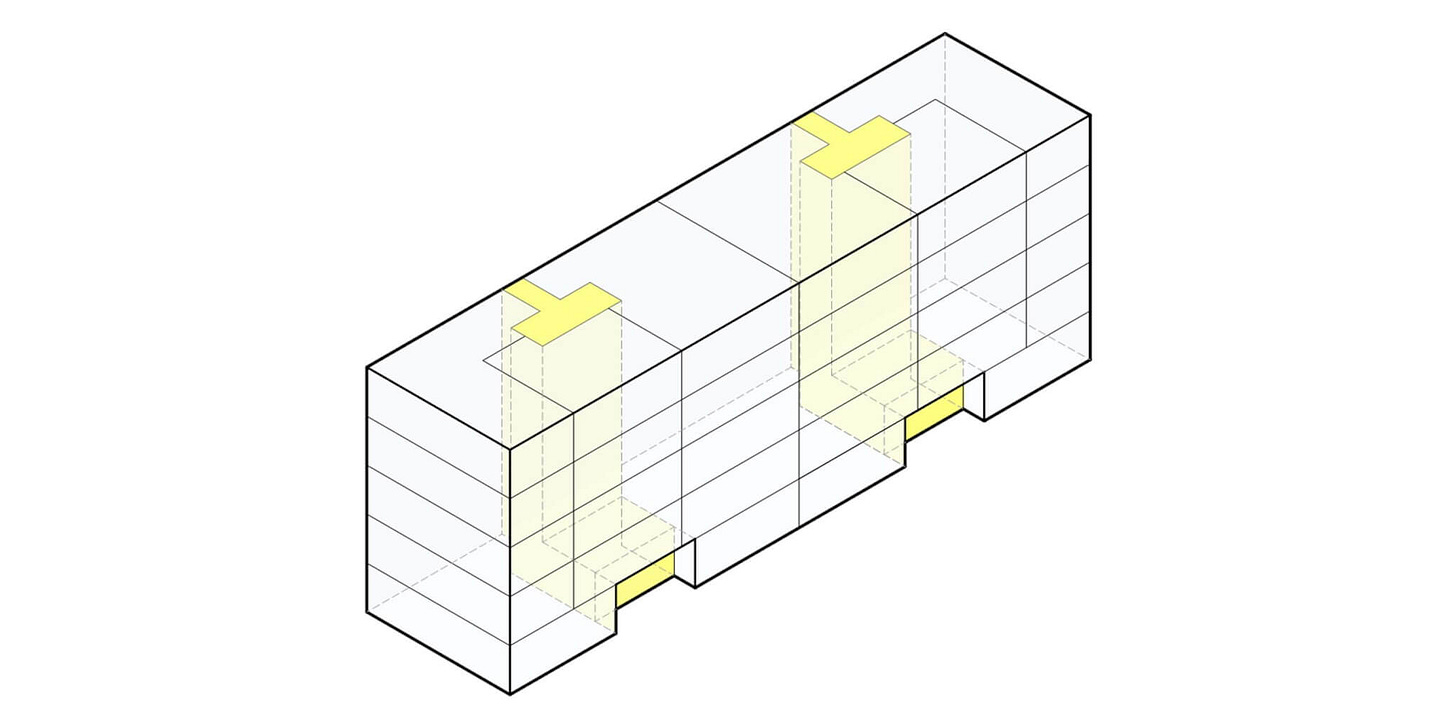
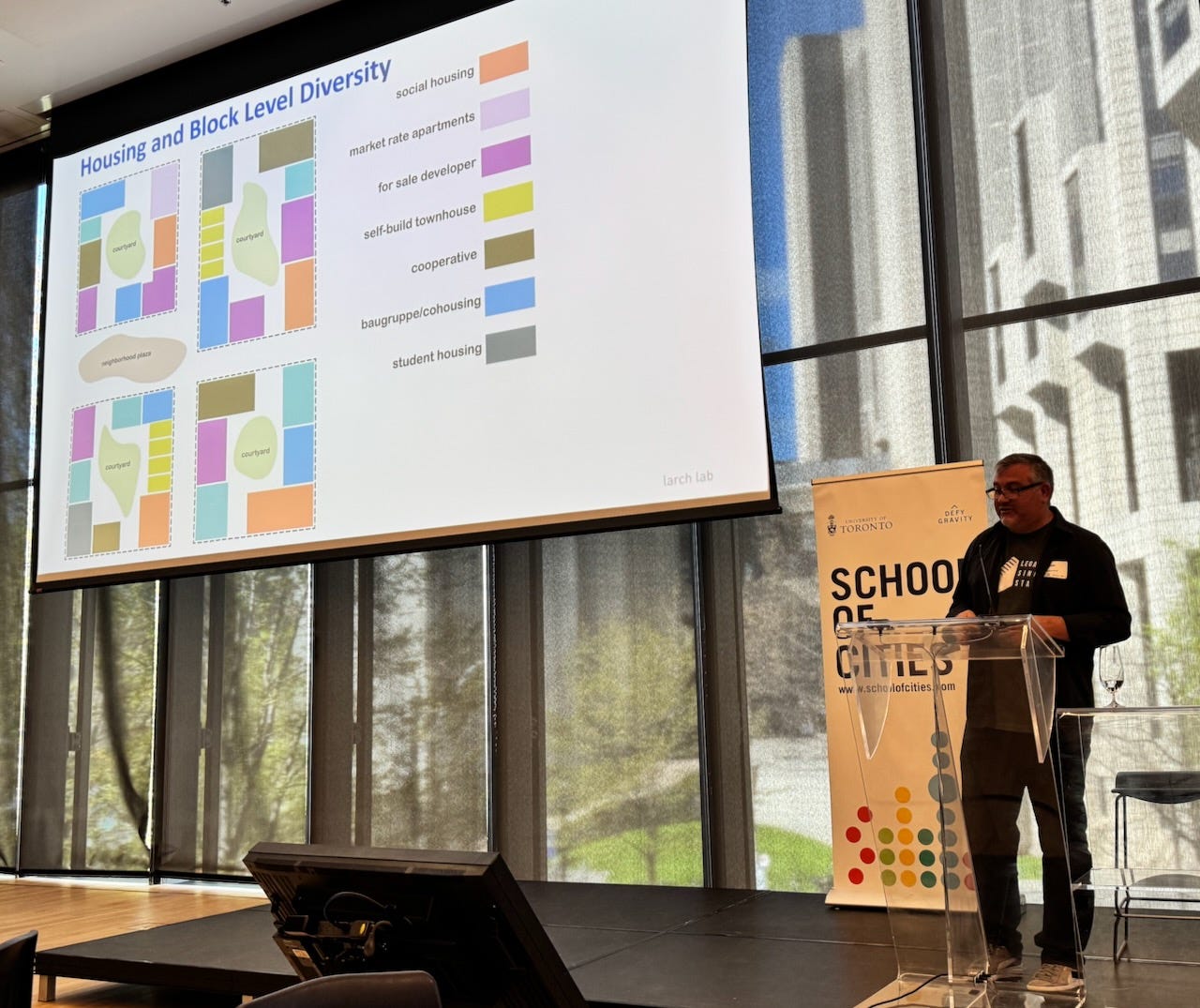

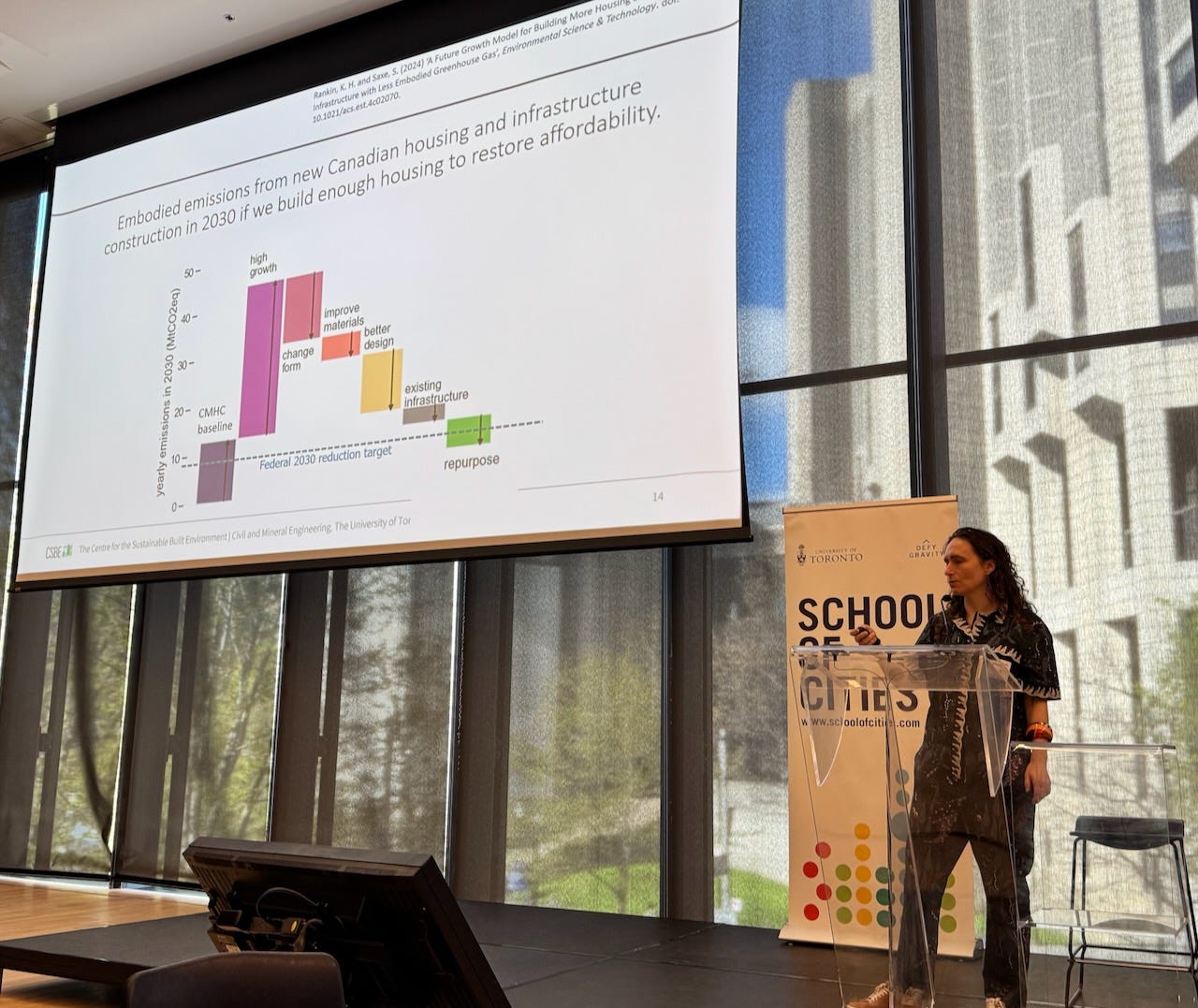
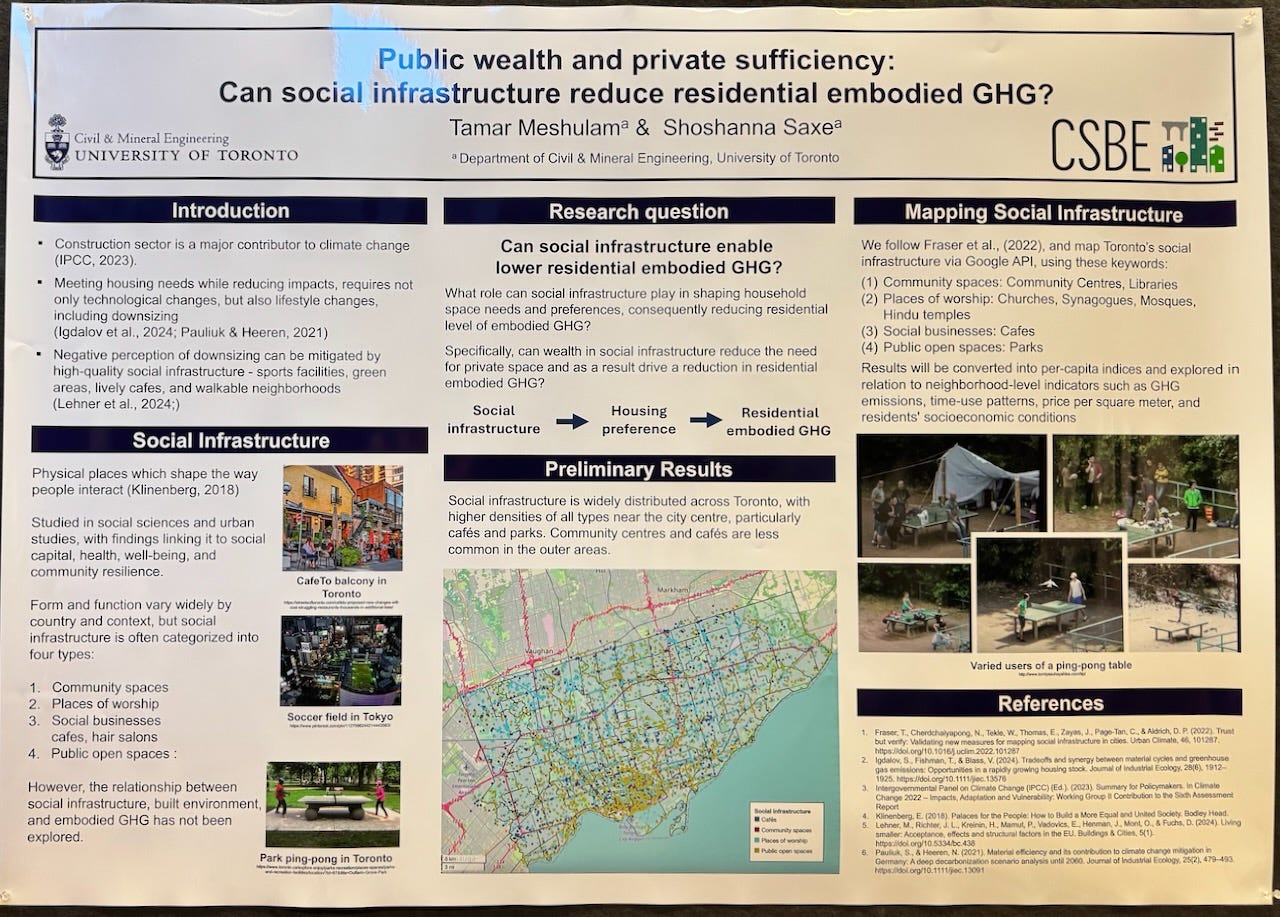
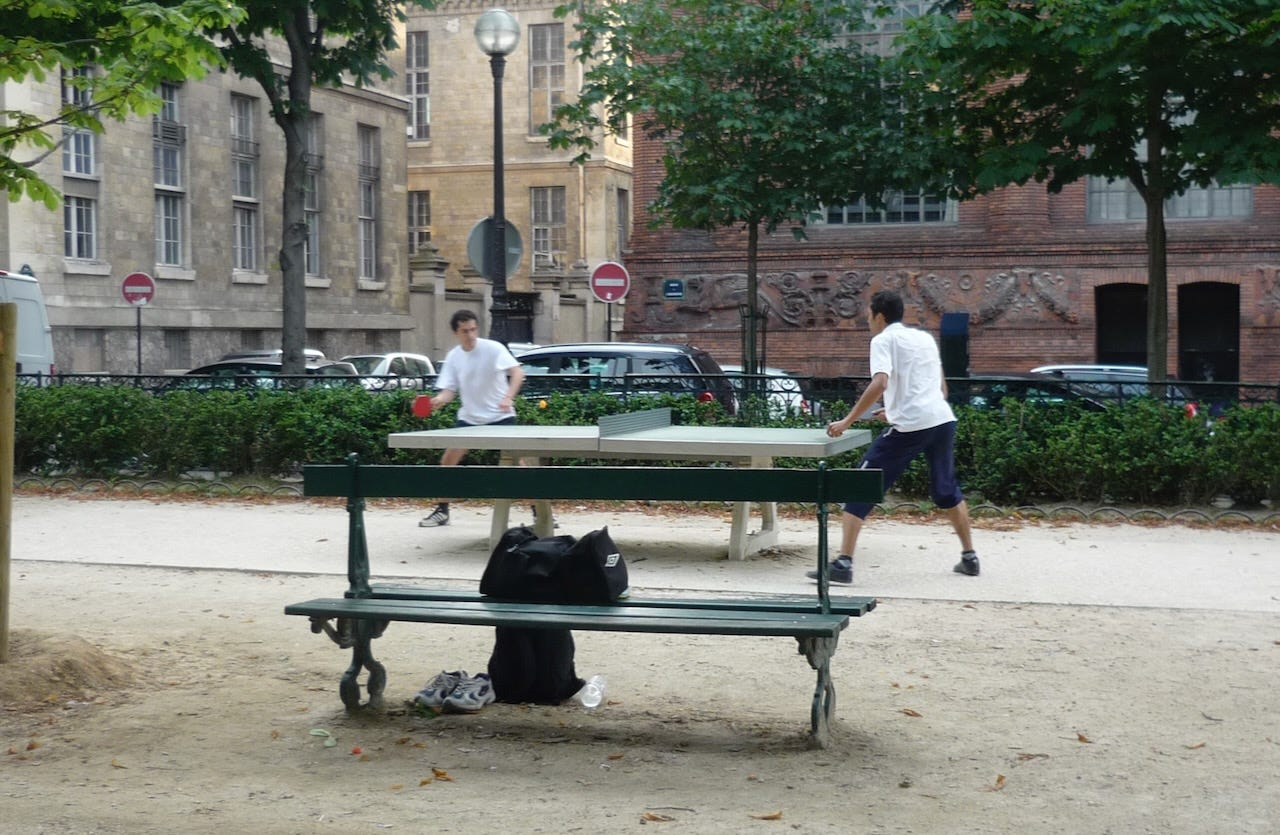

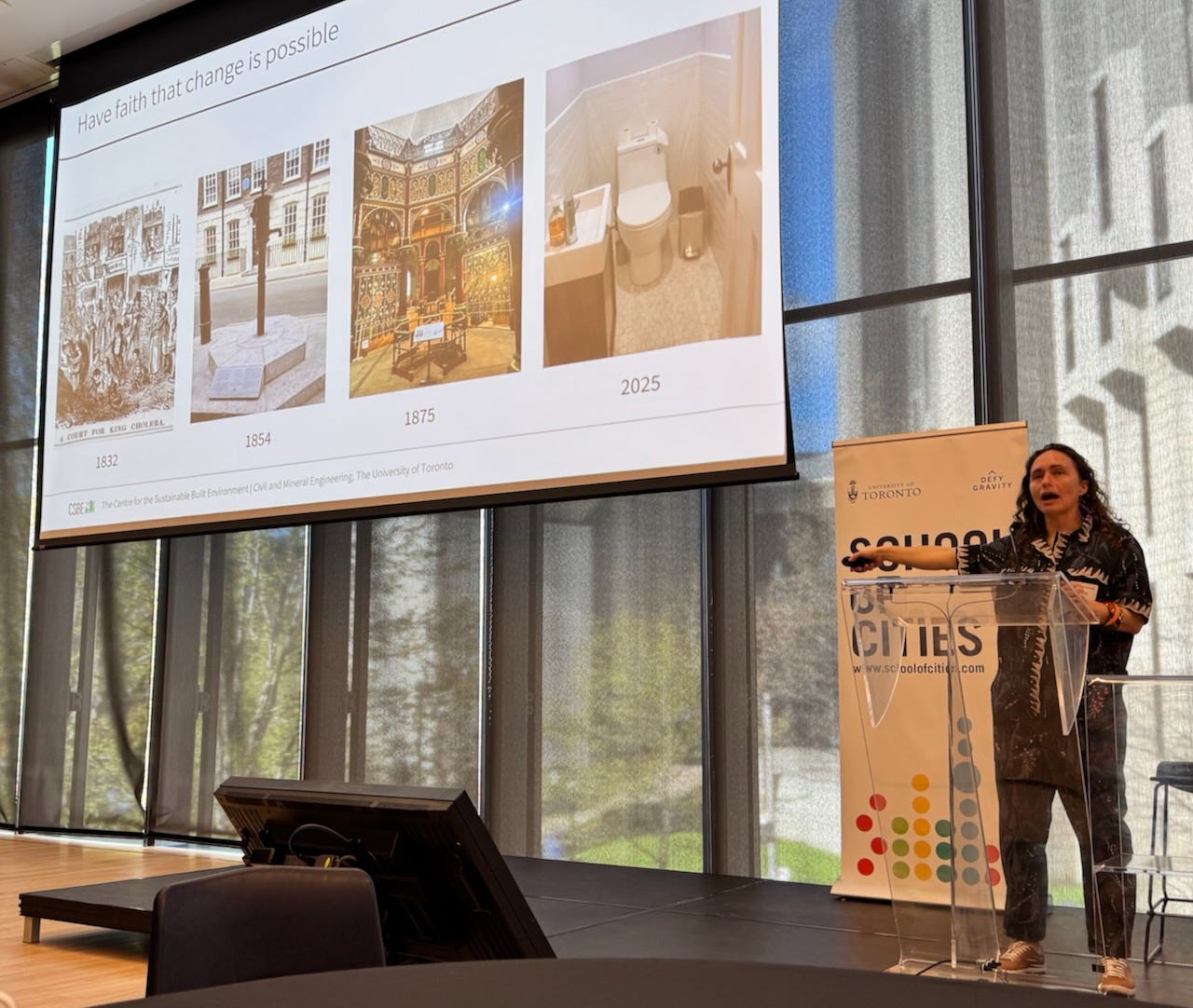
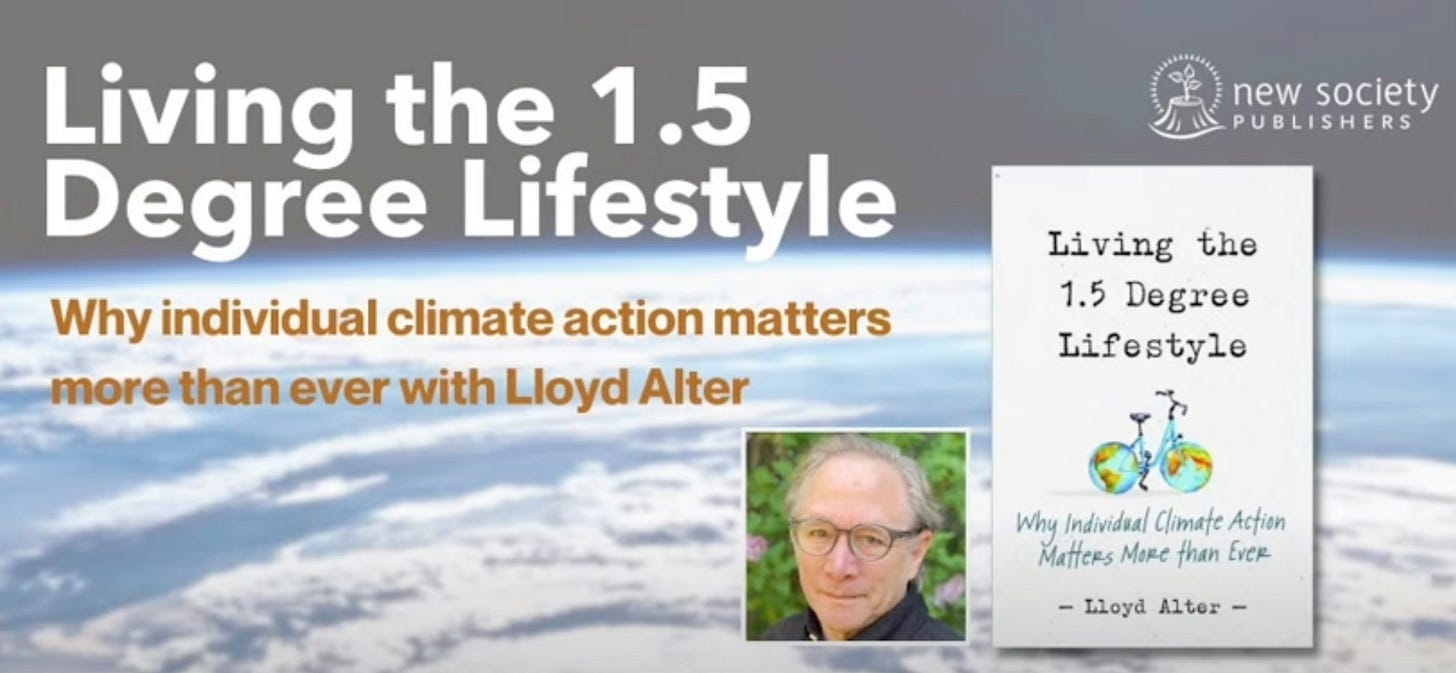
I need one of those tee shirts.
"You simply do not need so much space"
Yet, people DO move out to the suburbs to HAVE MORE space proving they DO need more space than what this post, and others like it, wish to force upon others - and at a cheaper cost. I certainly did - I got triple the living space for less cost when I moved out of Boston. AND I didn't have to listen to noisy "neighbors" anymore (showing that it isn't just about apartment size, for one example).
I dryly note that the phrase "you don't need <insert object of the day> " is the mark of a Progressive that wishes to make sure that the Davos phrase "you will own nothing and be happy" comes to full fruition - not because "I" want it but that others are willing to force "me" to live that way and fulfill "Have less, do less, be less". It's all about lowering other peoples' standard of living for ideological purposes.
Now, I have NO problem with people who wish to live in cities and voluntarily put themselves into far smaller living quarters than they could have elsewhere, to pay more for food and other needful things, and much more for regular amenities (and don't get me started on taxes - either direct or indirect). I do not dispute that there is, for some people, a set of intangibles pertaining to living in a city; let them choose that as I certainly didn't find that after living 7 years in a most walkable city.
The keyword is voluntary. This post's content speaks loudly against it.